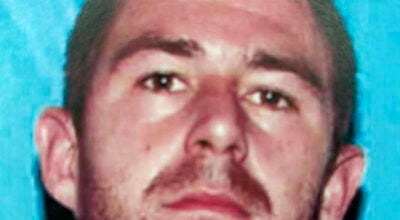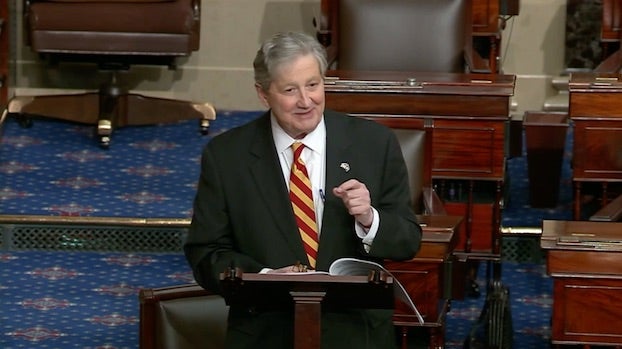DFunding pushed for HIV prevention in La., 8 other states
Published 10:33 am Friday, October 9, 2015
In response to the Centers for Disease Control’s recent funding announcement on HIV prevention projects for community-based organizations across the country, 25 members of Congress authored a letter calling for funding to expand into areas of the Deep South.
The letter focuses on nine states in particular: Alabama, Florida, Georgia, Louisiana, Mississippi, North Carolina, South Carolina, Tennessee and Texas.
The CDC’s funding program now caters to community-based groups in densely populated areas. Under the program, 33 cities qualified for the funding, which will be used to carry out HIV prevention services and testing.
The letter from the members of Congress is the bipartisan response from a coalition representing the nine states.
While Southern states represent 37 percent of the U.S. population, they also account for 50 percent of new HIV infections in the country, according to data compiled by the Southern AIDS Coalition. And based on a recent Mortality Weekly Report by the CDC, the states represented in the letter are among those with the highest percentage of people living with undiagnosed HIV.
U.S. Rep. Charles Boustany, R-Lafayette, was one of the 25 members of congress behind the letter to the CDC. He said his experience representing rural areas of Louisiana has only raised his awareness of the need for increased prevention funding in less populated communities. He said 32 percent of people living with HIV live in those rural Louisiana regions.
“The CDC’s intentions in targeting HIV in urban areas are admirable, but in Louisiana that leaves one out of every three patients without access to these services,” he said in an email. “My colleagues and I want to remind the CDC that rural residents, particularly those in the Deep South, also suffer greatly from the HIV epidemic in this country. We want to ensure these individuals have access to proper care and treatment that will allow them to lead healthy and successful lives.”
Boustany cited his background in the field of medicine as another driving factor behind his advocacy efforts for rural communities. He said there are medical innovations and treatments available to patients now that could save lives.
“HIV is one example of this — today, with proper treatment and medicine, a person living with HIV can live to a very healthy age and lead a full life,” he said. “Thirty years ago, an HIV diagnosis was a death sentence.”
Locally, the efforts by members of Congress could have a direct effect on the nonprofit Southwest Louisiana AIDS Council. Terry Estess, SLAC executive director, said the letter is a step in the right direction. She said that while a funding expansion would be beneficial, the issue of addressing HIV in rural communities is a layered one.
“In rural communities, the dynamics of prevention are challenging. There’s a stigma associated with HIV in the areas, and this accounts for a lot of late-stage diagnoses,” she said. “The fact that we often get passed over in terms of funding because we don’t have the numbers larger areas have also makes prevention even more challenging.”
Estess said factoring in economic hardships in the rural communities, a lack of good information being spread into the areas, many rural residents lacking transportation, and the issue becomes more complex. Some of the CDC’s required methods for reaching communities can make the endeavor even more difficult, she said.
Still, Estess said that if the funding finds its way to smaller organizations in the South, the results can only get better.
“We could get to more people, get them tested and into care. There could be more prevention, more education,” she said. “We welcome more resources. We have to work hard to get whatever we can in terms of resources to deal with things in the rural South, no matter the issue. You just do the best with what you got.”
(MGNonline)




